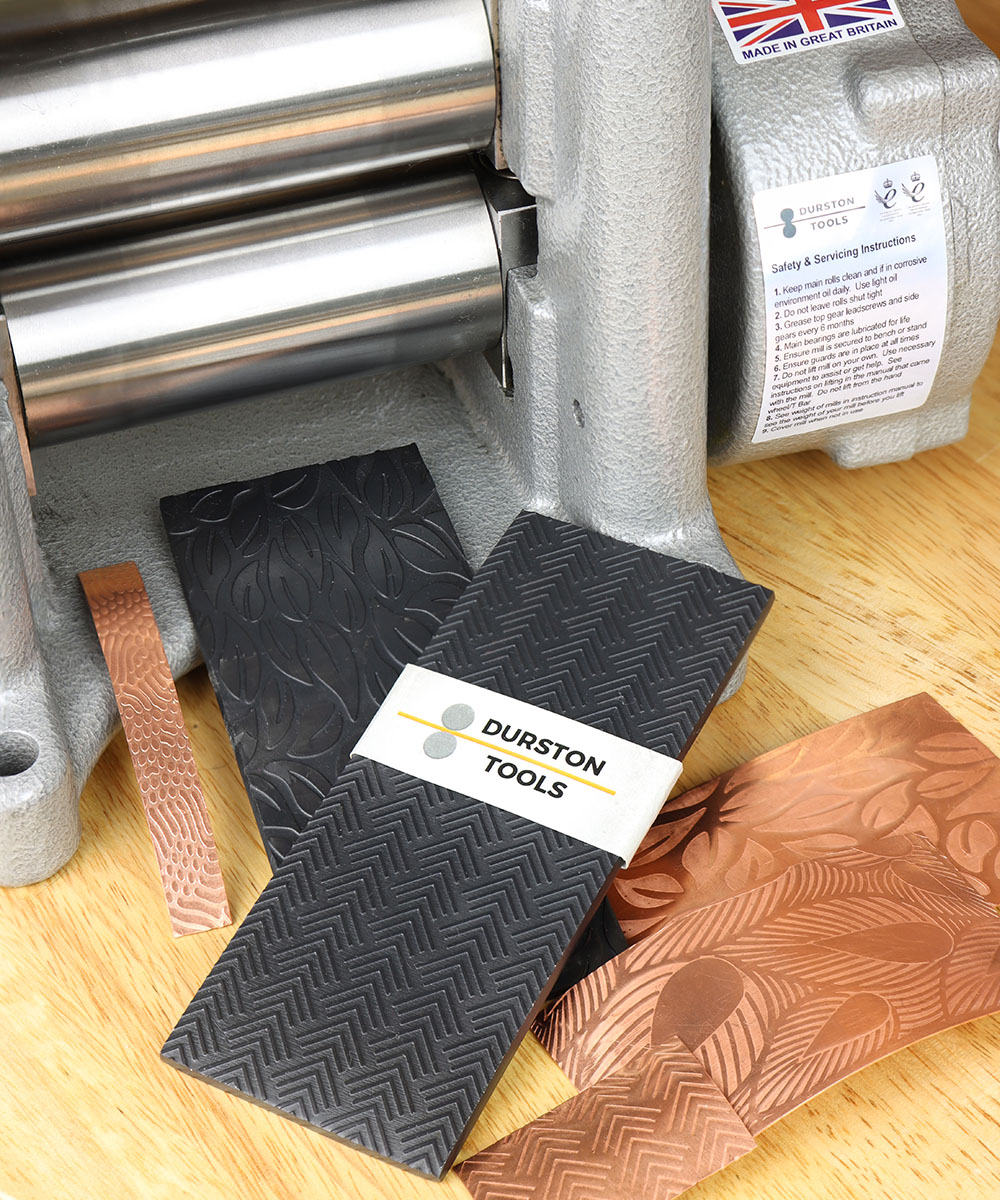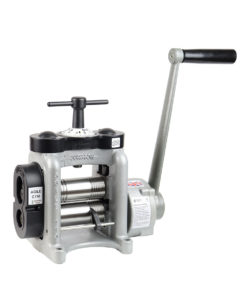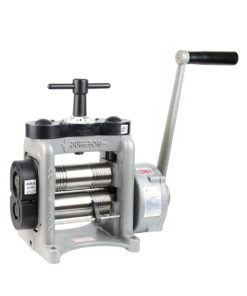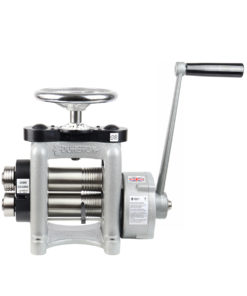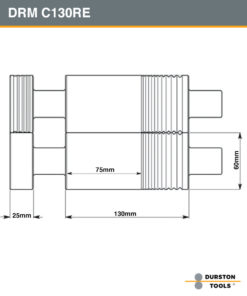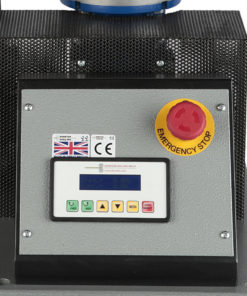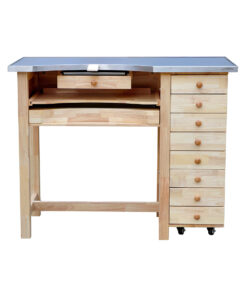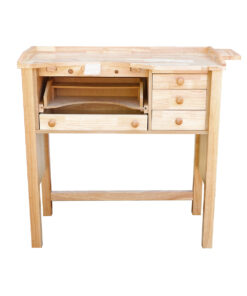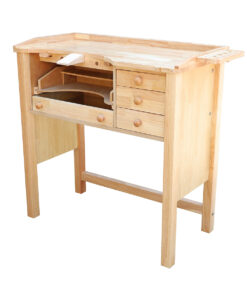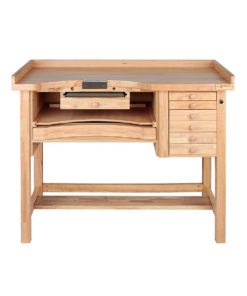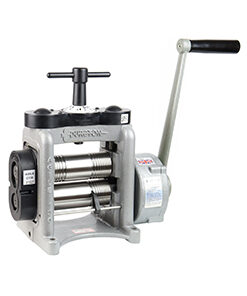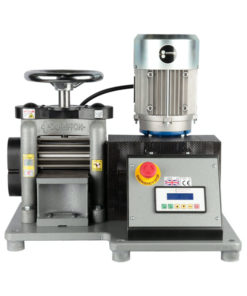No products in the cart.
Rolling is an important part of the metal forming process because it allows you to reduce the thickness of your metals and remove any variable that would cause them to look uneven. Of course, this can’t be done by hand, so you’ll need a reliable rolling mill that works for you and your purpose. Whether you’re new to jewelry-making or an expert hand-crafter who has been dreaming of buying their own rolling mill for years, picking the right one can feel daunting. We’ve got a few tips for any jewelry maker looking to dive into metalworking with a rolling mill.
Know Your Vocab
Many potential buyers begin reading terms like “gear ratio” and “gear reduction” and get totally freaked out. Understanding these terms before you dive into the browsing process will help you feel confident in your knowledge as a buyer:
Gear Ratio: This is the ratio between the rate at which the last and first gear rotates. If your rolling mill at a 7:1 ratio, that means you’ll have to turn the handle 7 times for the roller to make a full rotation. A mill with a 5:1 ratio only requires five rotations, but they will likely be a lot harder to push. If you’re looking to reduce manual labor, get a mill with a higher ratio like 7:1. If you see a description that talks about a “5-1 gearbox,” it means the same thing.
Induction hardened: If the rollers are induction hardened, it means the manufacturer used an electromagnetic induction to produce heat without contact inside the piece surface layer. 64 RC is a standard level hardness for your mill, meaning it scored a 64 on the Rockwell Scale.
There are a few other vocab terms that may be useful, but knowing the hardness of the rollers and the gear ratio are essential to getting a solid mill that’s right for your needs.
Check the Steel
You’ll want to know what kind of steel your rolling mill was manufactured with to ensure it will roll evenly and will last a long time. Durston rollers are considered top of the line because they are made from hardened steel that is tough to dent or crack.
What Are You Really Paying For?
If you’re going to be using your rolling mill for commercial purposes, you may need to save up a few more to make sure you’re getting a cutting edge product. If it’s more of a hobby, you may be okay with getting a cheaper one that is not as precise. Keep in mind that price is not always directly correlated with the quality of the product, and buying directly from a manufacturer’s site rather than a reseller or third party will increase the likelihood that you’re getting exactly what you paid for.
At Durston, we’re always updating our models to incorporate new technologies and stay ahead of the game. It’s rather common for our buyers to sell their mill after five or so years so that they can get an updated model that fits their new metalworking needs and experience. Even if you expect to hold onto yours for a while, it’s good to know how well your manufacturer’s products typically resell so that if you decide to get a different or updated type, you can get a pretty penny for your old one.
Electric or Manual?
You can buy either and electric or manual rolling mill, depending on what your preference is. A manual mill will require you to use a handle to turn the rollers and you’ll feel like you’re really part of the metalworking process. An electric one removes the need for manual labor and affords the opportunity for more mass production.


